Students in New Jersey charter schools perform better on average than those same students would in traditional public schools, according to a highly anticipated Stanford University study released Tuesday. The study, which looked at the state's performance relative to charter schools nationally, found that while New Jersey charters tended to have more promising outcomes, Newark's schools are responsible for the bulk of the gains.
"The real story here is how Newark’s middle-school charters are lifting otherwise low-achievement youths," said Bruce Fuller, a University of California, Berkeley education professor who was not involved in the study. "Once you go outside of Newark and into elementary schools, the results are quite disappointing."
Charter schools, the fastest-growing sector in American public education, are publicly funded but can be privately run. They can use their own curricula, have longer school days, and hire and fire teachers as they please, since most of their teachers are not represented by unions. Students are usually admitted by lottery.
Communities often argue against charter schools, saying they siphon money away from traditional public schools. Yet they are a widely used tool of education-reform proponents, including the Obama administration. Advocates say charter schools' increased flexibility enables them to boost performance for specific populations -- despite the general lack of evidence that charter schools outperform traditional public schools overall.
The New Jersey study, produced by economists at Stanford's Center for Research on Education Outcomes (CREDO), found that 30 percent of New Jersey's charter schools had "significantly more positive learning gains" in reading than comparable public schools, while 11 percent had "significantly lower" gains in reading. It also found that 40 percent of charters saw higher math gains, and 13 percent performed worse in math. On average, the state's charter school students saw an additional two months of learning per year in reading, and an additional three months in math, compared to their public school peers.
The study follows CREDO's 2009 national study, which is among the most-cited pieces of evidence on charter performance. It found that across 16 states, charters fared no better than public schools, with only 17 percent outperforming their peers.
"This shows positive outcomes for charter schools that will lead policymakers across the country to look critically at what New Jersey has done to promote performance," said Chad d'Entremont, who oversees the Rennie Center for Education Research & Policy in Cambridge, Mass. "The state has a rigorous charter approval process, and there has been an emphasis on locating charter schools where they're most needed."
Newark, a high-poverty city, is one of those places. According to the study, Newark's charter school students gained a full seven-and-a-half months of learning in reading and nine months in math over their peers -- but students in rural charter schools lagged behind their peers in both math and reading. Fuller notes that the achievement advantage for non-Newark students is tiny, noting that things like quality preschool could boost learning significantly more than enrollment in charter schools.
Yet charter advocates say the results support increased growth.
"This verifies what we've known anecdotally: that a smart strategy for growth focused on students with the greatest needs will produce big gains in student achievement," said Nina Rees, president of the National Alliance for Public Charter Schools.
The results of the study hint at tension within the charter school movement between growth and performance: New Jersey has fewer charter schools than many other states, and has closed a relatively high percentage of those schools since they've opened.
In other words, unlike states that emphasize a growing market share, "New Jersey does have a fairly rigorous chartering process," d'Entremont said.
But despite New Jersey's apparent success with charters, the National Alliance for Public Charter Schools chided the state in a 2012 report for not expanding quickly enough.